Mandibular molar retreatment due to an missed middle mesial canal. CBCT and Operanting Microscope are essential to identify the etiology and achieve three-dimensional disinfection. A Case Report
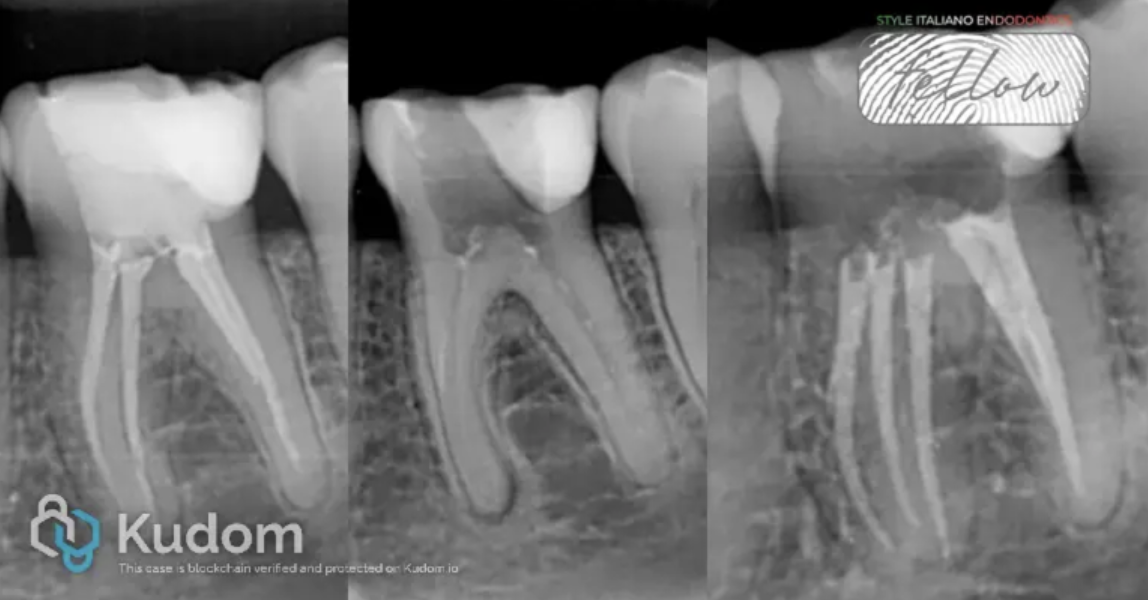 Detection and Management of a Missed Middle Mesial Canal: CBCT and Operating Microscope-Guided Retreatment. A Case Report
Detection and Management of a Missed Middle Mesial Canal: CBCT and Operating Microscope-Guided Retreatment. A Case Report
Mandibular molar retreatment due to an missed middle mesial canal. CBCT and Operanting Microscope are essential to identify the etiology and achieve three-dimensional disinfection. A Case Report
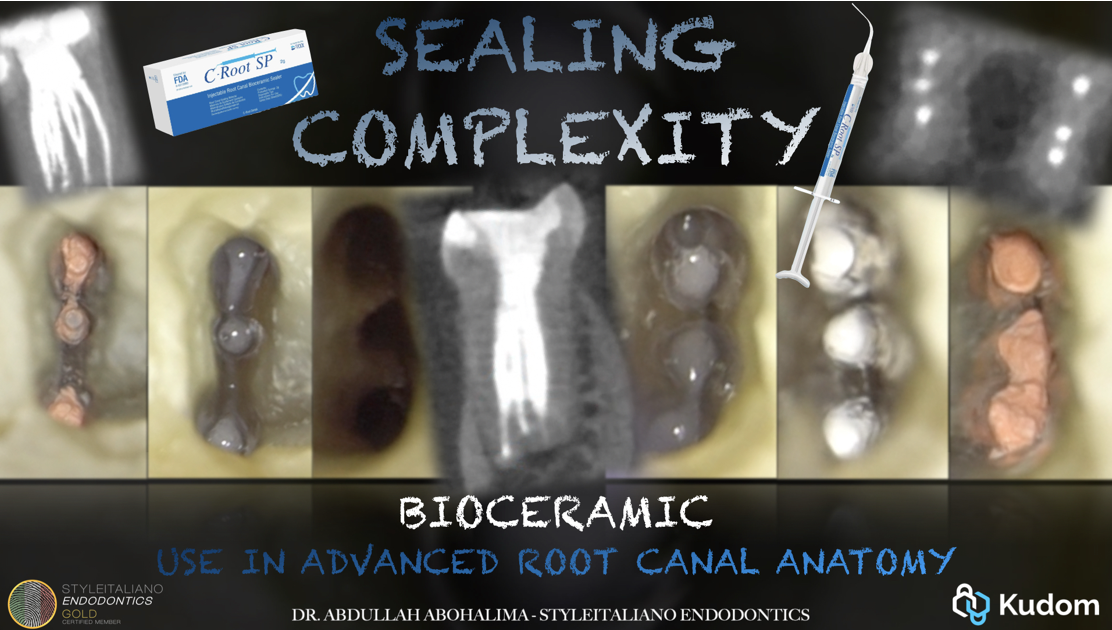 SEALING COMPLEXITY. Bioceramic use in Advanced Root Canal Anatomy. A true Middle Mesial & Middle Distal Canals Management!.
SEALING COMPLEXITY. Bioceramic use in Advanced Root Canal Anatomy. A true Middle Mesial & Middle Distal Canals Management!.
Variations in root canal anatomy, particularly the presence of middle mesial and middle distal canals, pose a significant clinical challenge.
Complex canal anatomies demand advanced strategies for effective cleaning, shaping, and obturation.
This article demonstrates how meticulous canal exploration, enhanced disinfection protocols, and bioceramic-based obturation can successfully manage such complexities, achieving a predictable three-dimensional seal.
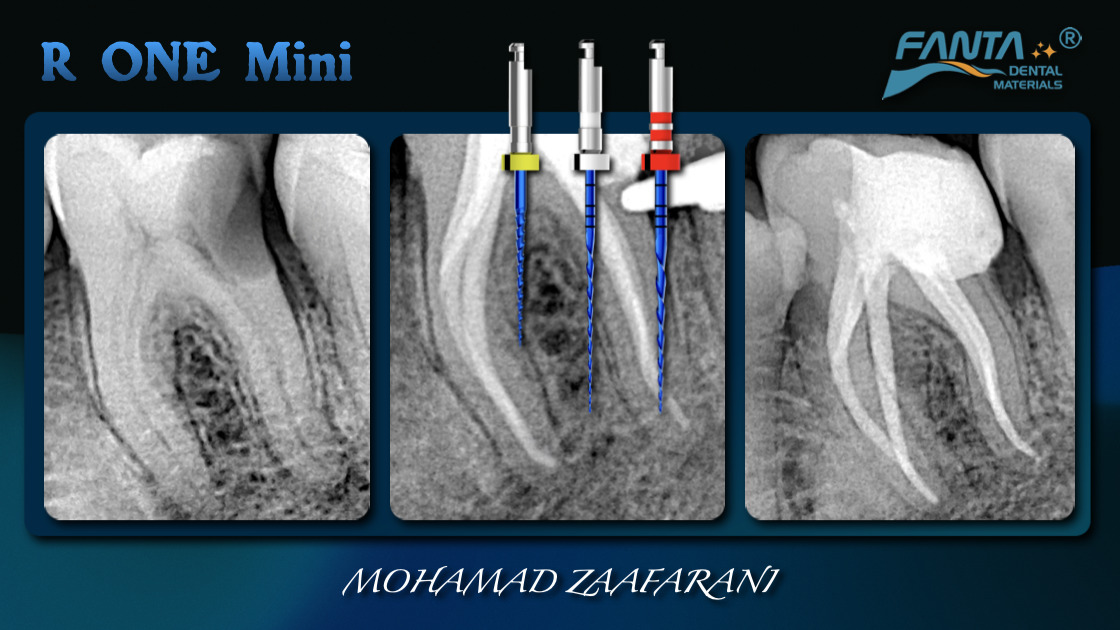 Mini Sequence - Mega Performance: That’s R One Mini
Mini Sequence - Mega Performance: That’s R One Mini
Narrow long canals
Shaping challenges
Grasping tools
Conservative preparation
R one mini
Multiplannner curvature
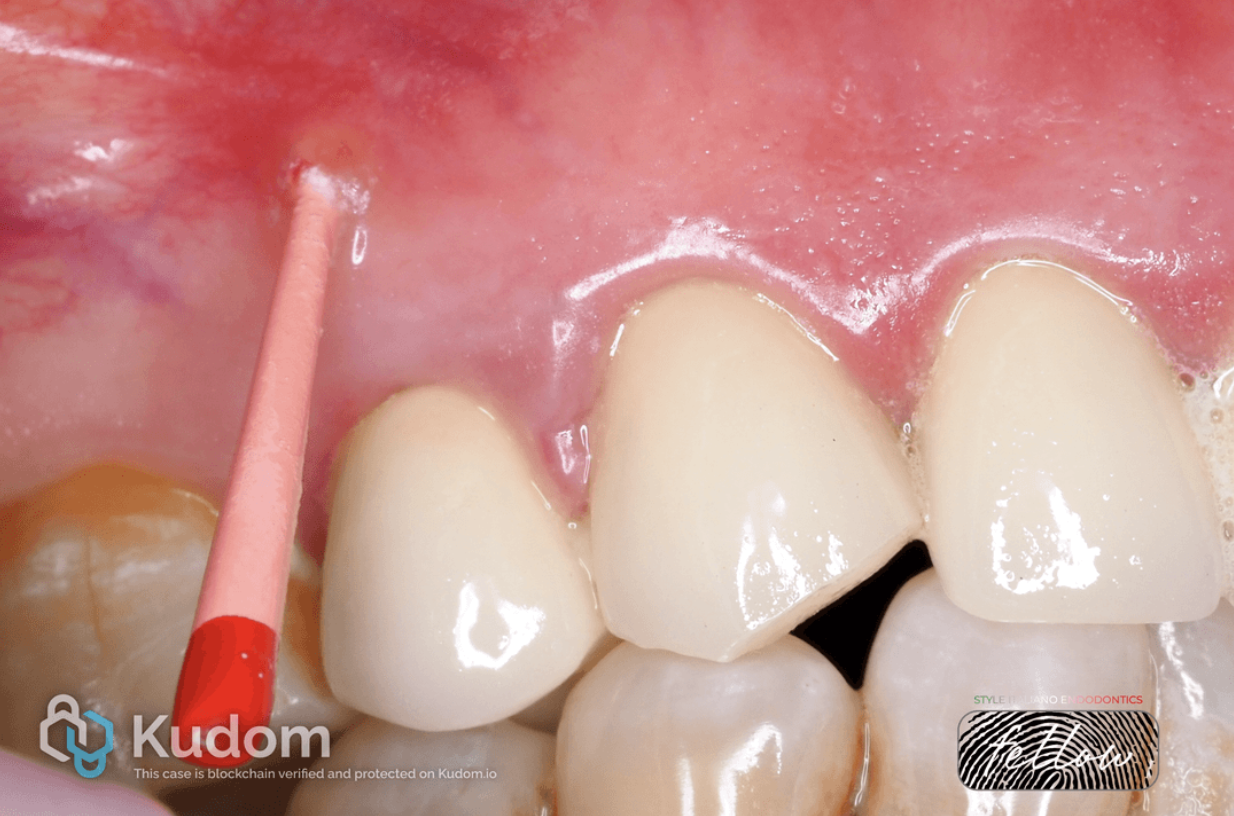 Root - Crown -Tissue: The Tooth Salvage Concept
Root - Crown -Tissue: The Tooth Salvage Concept
An interdisciplinary approach to dental treatment enables successful clinical outcomes and allows for the long-term functionality of seemingly hopeless teeth. A crucial stage in tooth preservation is the development of […]
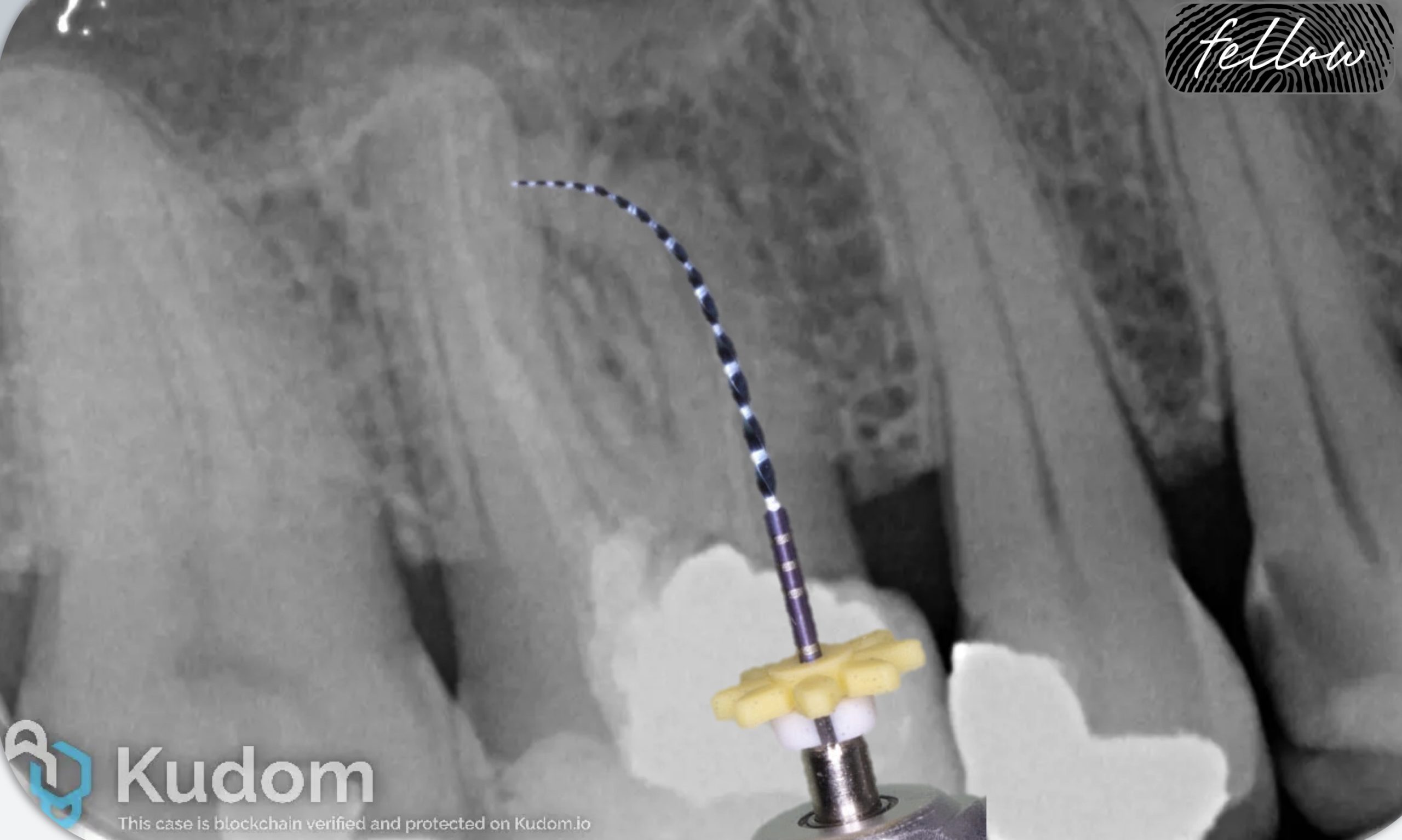 Management Of Curved Canals: Part I - From Case Assessment To Glide Path Preparation.
Management Of Curved Canals: Part I - From Case Assessment To Glide Path Preparation.
The mechanical preparation of the root canal system is generally acknowledged as one of the most crucial stages in root canal treatment (1). Many in vitro studies, including those of […]
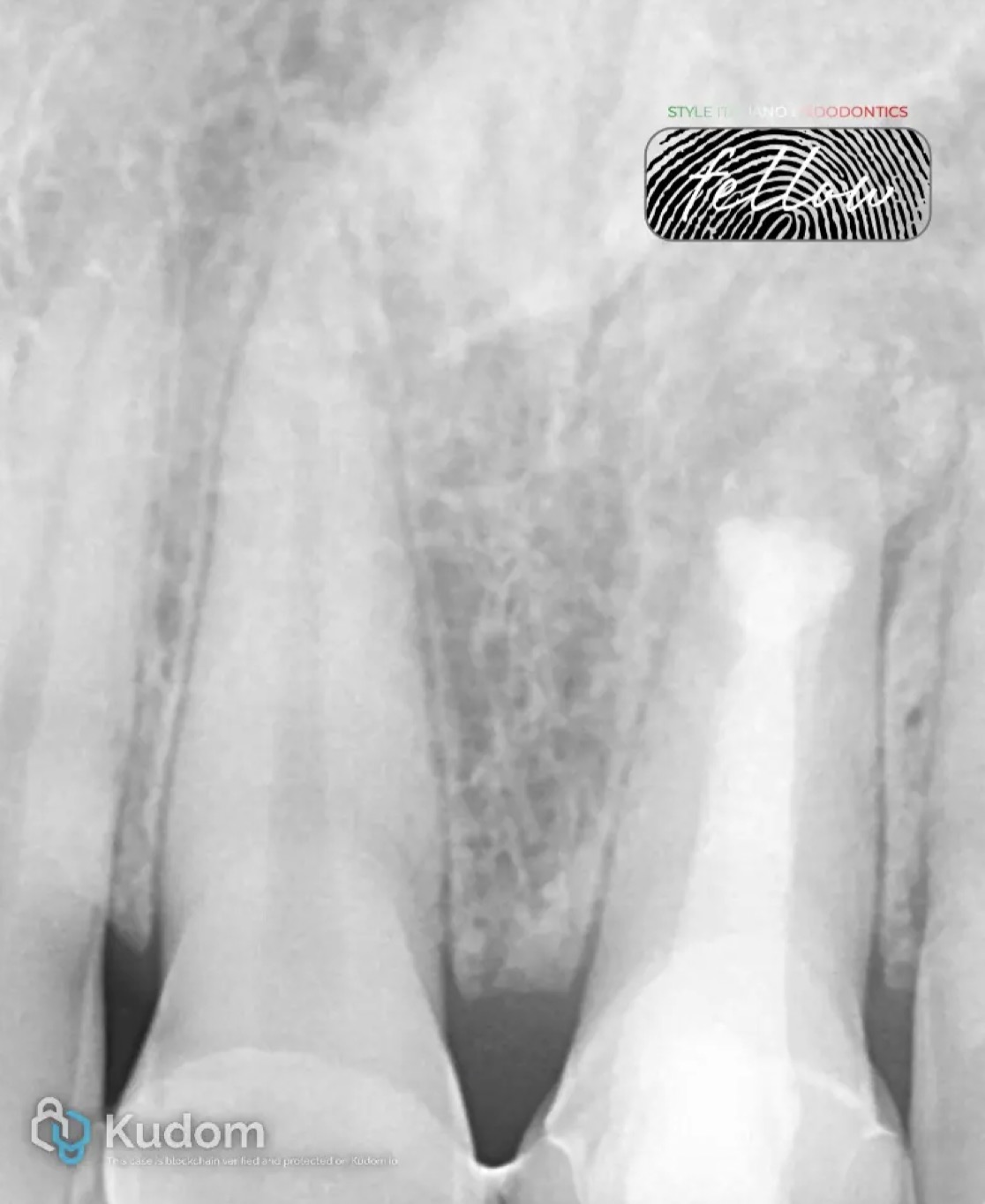 Endodontic retreatment with MTA Apexification in a maxillary central incisor with inflammatory root resorption and open apex- A case report
Endodontic retreatment with MTA Apexification in a maxillary central incisor with inflammatory root resorption and open apex- A case report
The major challenge associated with endodontic treatment of teeth with open apices is achieving a three-dimensional fluid-tight seal of the root canal system. In the absence of a natural apical […]
 Dealing with extra canal in lower first molar
Dealing with extra canal in lower first molar
The mandibular first molar usually exhibits two roots and three canals; however, anatomical variations are frequently encountered. According to Vertucci’s classification, the distal root most commonly exhibits Type I (a […]
 The extra root
The extra root
In endodontics, the terms "radix entomolaris" and "paramolaris" refer to specific anatomical variations of the roots of molar teeth, particularly in relation to their root canal systems. Identifying a radix […]
 Endodontic Retreatment of a Bifurcated Mandibular Second Premolar with 12-Month Follow-up
Endodontic Retreatment of a Bifurcated Mandibular Second Premolar with 12-Month Follow-up
A case of successful retreatment of a mandibular second premolar (FDI: 35) with chronic apical periodontitis, caused by a missed lingual canal (Vertucci Type IV bifurcation). Utilizing a dental operating […]
 Primary Endo treatment & final restoration
Primary Endo treatment & final restoration
The success of Endodontic treatment relies not only on the proper cleaning and disinfection of the root canal but also in the adequate restoration of the treated tooth. A well […]
 THE CURVE CONUNDRUM: ENDODONTIC MANAGEMENT OF A DILACERATED THIRD MOLAR
THE CURVE CONUNDRUM: ENDODONTIC MANAGEMENT OF A DILACERATED THIRD MOLAR
Dilacerated roots pose endodontic challenges; careful imaging, flexible instruments, and meticulous technique ensure predictable treatment outcomes.
 Biological Approach to Revitalization in Immature Permanent Teeth: No-instrumentation Technique
Biological Approach to Revitalization in Immature Permanent Teeth: No-instrumentation Technique
A paradigm shift is happening in treating immature, necrotic permanent teeth - from traditional apexification to regenerative endodontic procedures (REPs). While conventional root canal therapy yields high success in mature teeth, immature teeth pose greater challenges. REPs, leveraging tissue engineering and the regenerative potential of Hertwig’s Epithelial Root Sheath (HERS) and Stem Cells of the Apical Papilla (SCAP), offer a biological approach that promotes continued root development and functional restoration. This case report presents a successful REP in an immature necrotic tooth, with clinical and radiographic outcomes over 30 months.